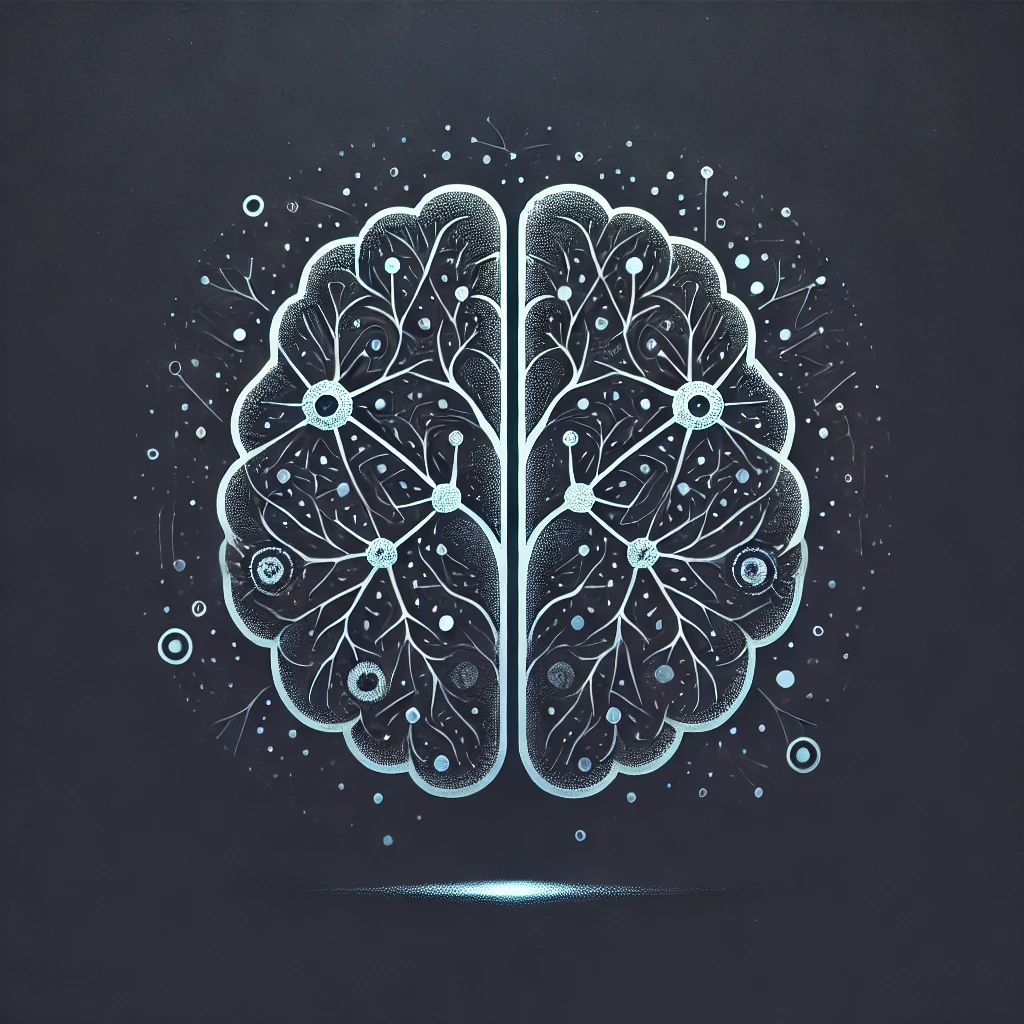
Avoiding falls with Parkinson’s disease
This article discusses the effects of Parkinson’s on balance and offers practical advice on how to avoid falls and maintain mobility.
A basic introduction to the definition and differentiation of Parkinson’s disease, including medical definition, historical aspects and classifications.
If you are reading this, you may have already experienced Parkinson’s disease or are about to learn more about it. Perhaps it affects you directly or a loved one who is faced with the daily challenges of this disease. I want to make one thing clear from the start: Parkinson’s is a complex disease, but by no means insurmountable. With the right knowledge, support and strategies, you can find a way to live an active and positive life despite Parkinson’s.
In this article, I would like to give you the most important information about Parkinson’s. It’s not just about medical facts, but also about the emotional and psychological aspects that are often overlooked. I will also share my own experiences and insights that I have gained over time.
Parkinson’s is a neurodegenerative disease that affects the central nervous system and mainly causes motor symptoms such as tremors, stiffness and slowed movements. It is a chronic disease that is progressive, meaning that the symptoms worsen over time. The disease occurs because certain nerve cells in an area of the brain known as the substantia nigra die. These cells are responsible for the production of dopamine – a neurotransmitter that coordinates movement in the body.
With the loss of these dopamine-producing cells, the brain’s ability to control movement decreases. This leads to the typical Parkinson’s symptoms such as tremors, muscle stiffness and slow movement, which are often the first signs of the disease.
I still remember the first time I was personally confronted with Parkinson’s disease. It was a close friend of my family who was diagnosed. Initially, I noticed small changes: a trembling hand, slower movements and a general difficulty in carrying out simple everyday tasks. But what struck me most was the mental battle he was fighting. The diagnosis hit him hard, but what inspired me was his determination not to let the disease define him.
This experience changed my attitude towards the disease. I began to learn more about it and realised that knowledge and education are crucial to dealing with Parkinson’s. It’s not just about the physical symptoms, but also about how to deal with the challenges mentally and emotionally. Therefore, I would like to share my recommendations and insights that I have gained over time.
Parkinson’s manifests itself through a variety of symptoms, which can be divided into motor and non-motor categories.
It is important to understand that not every patient will experience all of these symptoms and that the disease progresses differently for everyone.
A diagnosis of Parkinson’s can be scary and overwhelming, but it’s important to know that you’re not alone. Many people feel powerless when diagnosed, but I want you to know that there are many resources and support available to help you cope with everyday life with Parkinson’s.
The first step after diagnosis should always be to get as much information as possible. Read books, talk to experts and share information with other sufferers. The more you know about the disease, the better prepared you will be to face it. I also went through this phase and found it incredibly helpful to understand how the disease works and what treatment options are available.
No one should go it alone. Seek support – be it from your family, friends or self-help groups. The emotional support of people who understand what you are going through can make a big difference. My friend had a great experience in a Parkinson’s support group and found new strength through sharing with other sufferers.
This may sound simple, but mental attitude plays an enormously important role. Parkinson’s may be a progressive disease, but that doesn’t mean you can no longer enjoy your life. Many people with Parkinson’s lead fulfilling lives by focussing on what they can do, rather than what they can no longer do. Positive thoughts and a proactive attitude can help to face daily challenges with more composure.
While there is as yet no cure for Parkinson’s, there are many treatment approaches that can help control symptoms and improve quality of life.
Medications such as Levodopa are the mainstay of Parkinson’s treatment. They help to compensate for the lack of dopamine in the brain and alleviate motor symptoms. There are also other medications, such as dopamine agonists and MAO-B inhibitors, which affect symptoms in different ways.
Exercise is essential for people with Parkinson’s. Physiotherapy can help to improve mobility and reduce muscle stiffness. Regular exercise, be it walking, stretching or specific Parkinson’s exercises, is crucial to maintaining motor skills.
Occupational therapy helps to relearn or facilitate everyday tasks such as dressing, eating or writing. Therapists work with patients to maintain their independence in everyday life.
Deep brain stimulation (DBS) can be an option for some patients. This involves implanting electrodes in the brain that emit electrical impulses and can thus alleviate motor symptoms. However, this is an invasive treatment method and is usually only considered in advanced stages of the disease.
If you or someone you know is living with Parkinson’s, I would like to give you one thing above all else: Don’t give up. Get informed, seek support and stay active – both physically and mentally. It’s never too late to find new ways to overcome life’s challenges. Every experience is unique, and with the right approach, you can lead a full and active life despite Parkinson’s.
Parkinson’s is a complex disease, but with the right knowledge and a positive attitude, you can successfully overcome the challenges it brings. It’s about being informed, seeking support and staying active. Every day offers a new opportunity to face the disease and grow. I hope this article has given you a clear overview of Parkinson’s and shown you that you are not alone.
